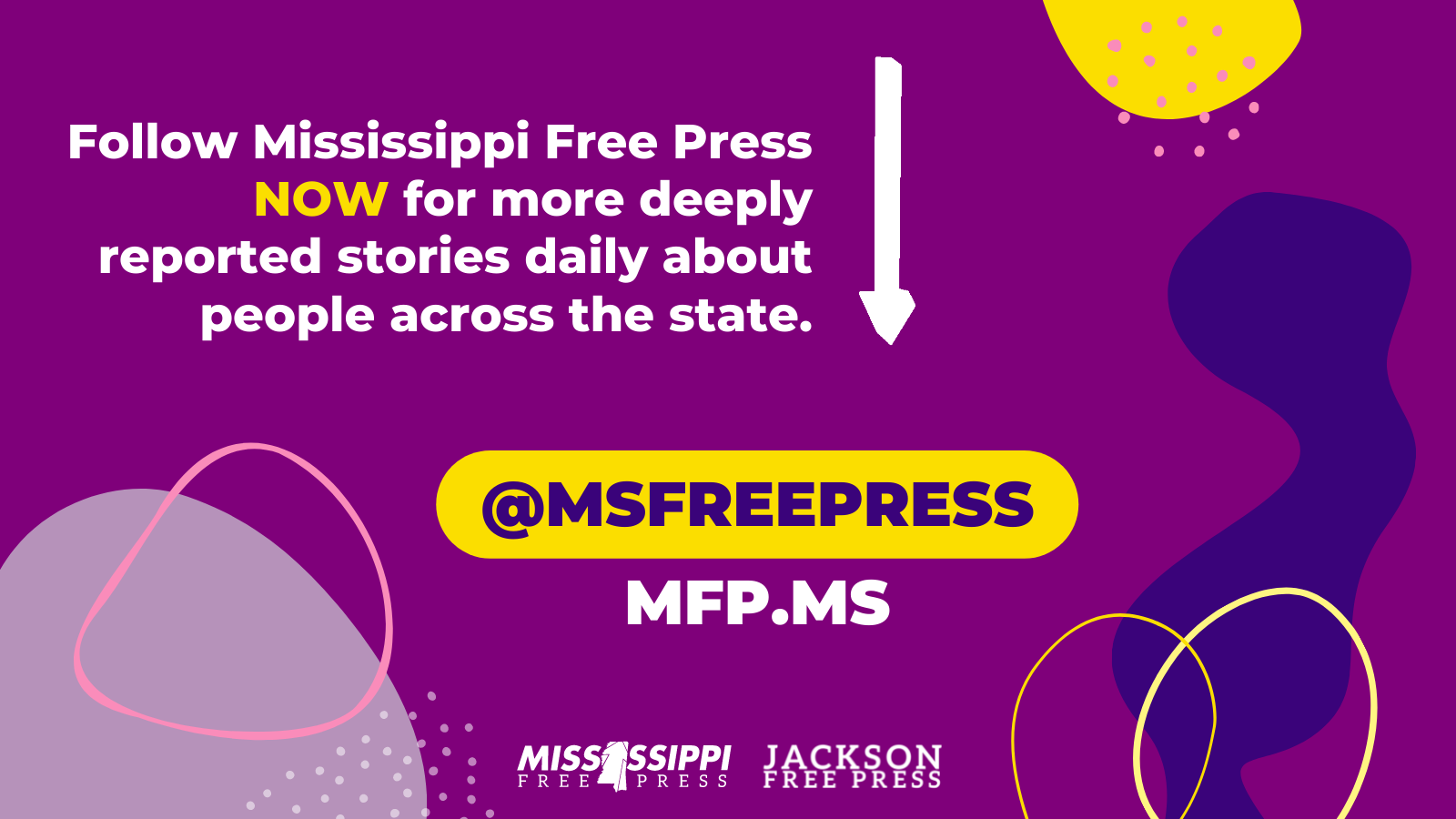French author André Gide wrote: "Trust those who are seeking the truth; doubt those who find it." I wrote the quote on a white sticky in magenta ink yesterday and attached it to my laptop… "doubt those who find it." After sitting in a hearing room for three days this past week listening to hours of testimony, it's apt. The law, I think, is all about finding the "truth," subjective as it usually is.
My father, a brilliant man and grad-school professor of subjects-I-never-wanted-anything-to-do-with, raised me to think critically and question assumptions. It's a way of thinking that made me the bane of many a teacher's existence. I asked too many questions; "I don't understand," was their cue to change the subject, fast. I remember a lengthy debate in elementary school about the concept of zero, for example, that only ended when my teacher's faced looked a lot like my mother's when I pushed "why" too far: veins popping out on her neck and forehead, eyes narrowing and lips forming an angry line. It was a concept I had to figure out on my own.
Because I naturally question assumptions, I have an aversion to statistics—they're so easy to manipulate. To think like a statistician means connecting all the dots and then declaring a "truth" about where those dots led. But, as we all do from time to time (including me), people tend to start with a conclusion, then attempt to find evidence to support it. Unless you happen to be a theoretical physicist, that's just the wrong way look for the truth.
The problem is that backwards research methodology also can produce some spectacular half-truths: the more spectacular they are, the more we want to believe them. It's the old "don't-look-at-the-man-behind-the-curtain" trick, sleight-of-hand used by politicians, marketers, magicians and apparently, lawyers.
I admit it; I look at the tabloids in the grocery store. If I have 15 minutes to spare, I'll go through an issue of People magazine to get my rumor fix, and hearing something juicy about someone I know is heady stuff, especially when I don't particularly like the person. I try hard not to gossip, but I get sucked in, too. It's not very difficult to redirect my attention with ambiguities, pretty colors and platitudes. I have my biases: agree with them, and you've got me hooked—at least for the moment.
Believing can be satisfyingly easy. It's doubting and questioning that's hard. Taking down the curtain and confronting what's behind it can be scary and painful, but in an age of ten-second sound bites and headline news, it's incumbent on all of us to raise our awareness of what's really going on. Question assumptions, including your own. Consider the source of your information: is there an ulterior motive? Do you have all the facts or just the ones you've been given?
Doubt those who claim to have found the truth.
---------------------------------------------
If you think you're pretty good at concentrating and can't really be distracted, watch this b-ball practice video and tell me how many times the players in the white t-shirts pass the basketball.
Here's another little video about the town of Allopath, an allegory about how faulty conclusions can become "fact."
Here's an interesting and easy-to-read article on understanding statistics and how they can be manipulated.


Comments
Use the comment form below to begin a discussion about this content.